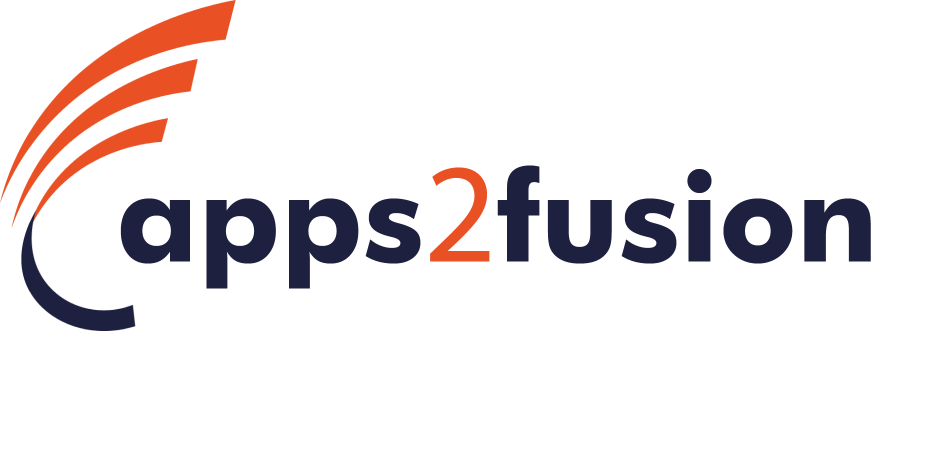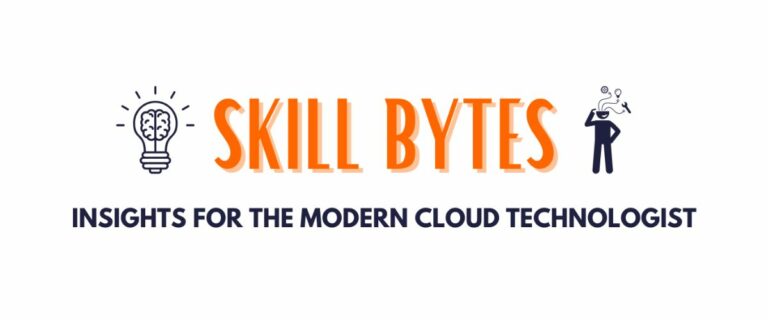A Comparative Analysis: Supervised vs. Unsupervised Learning

Supervised and unsupervised learning are two crucial paradigms in machine learning. When considering supervised vs. unsupervised learning, it is essential to understand their distinct approaches and applications. Here’s a comparison between the two:
SUPERVISED LEARNING
1. Definition: In supervised learning, the algorithm learns from labeled data, where each example is a pair consisting of an input object (typically a feature vector) and a desired output value (label)
2. Objective: The goal is to learn a mapping from inputs to outputs based on the given training data
3. Examples:
Classification: Predicting a label (e.g., spam or not spam)
Regression: Predicting a continuous value (e.g., predicting house prices)
UNSUPERVISED LEARNING
1. Definition: In unsupervised learning, the algorithm learns from unlabeled data, where the task is to infer the natural structure present within a set of data points
2. Objective: The goal is to find hidden patterns or intrinsic structures in the input data
3. Examples:
Clustering: Organizing data points into groups based on their similarities
Dimensionality Reduction: Reducing the number of random variables to consider
Seeking a course in Data Science? We’ve got you covered!
Data Science with Python Training
Key differences in supervised vs. unsupervised learning
- Supervision: Supervised learning uses labeled data, whereas unsupervised learning relies on unlabeled data
- Objective: Supervised learning aims to learn a mapping from inputs to outputs, while unsupervised learning focuses on finding hidden structure in data
Examples: Classification and regression are common tasks in supervised learning, whereas clustering and dimensionality reduction are common in unsupervised learning
Applications
Supervised Learning: Used in a wide range of applications where labeled data is available, such as image recognition, speech recognition, and predictive analytics
Unsupervised Learning: Useful for tasks where labeled data is scarce or unavailable, such as customer segmentation, anomaly detection, and exploratory data analysis
Both paradigms are essential in machine learning and are often used in conjunction to achieve more robust solutions.








